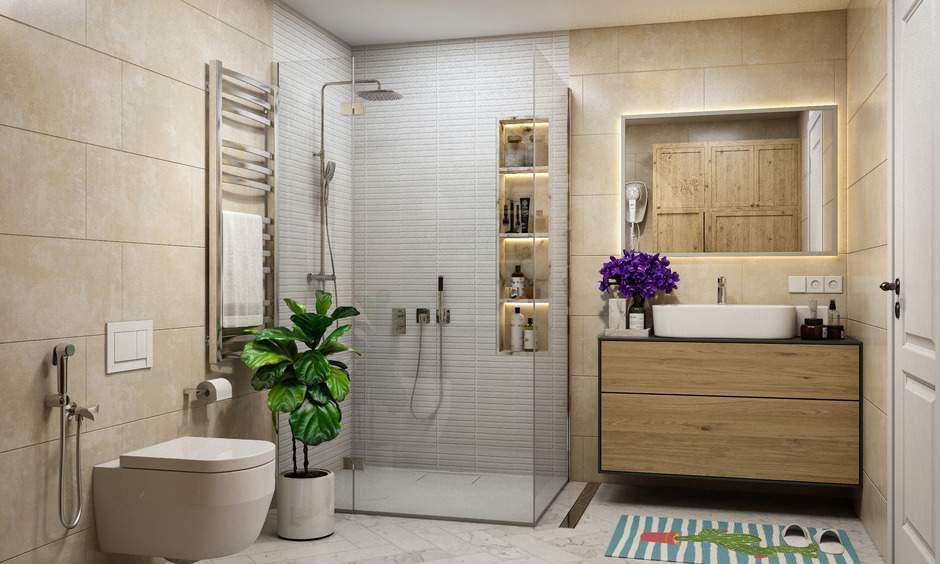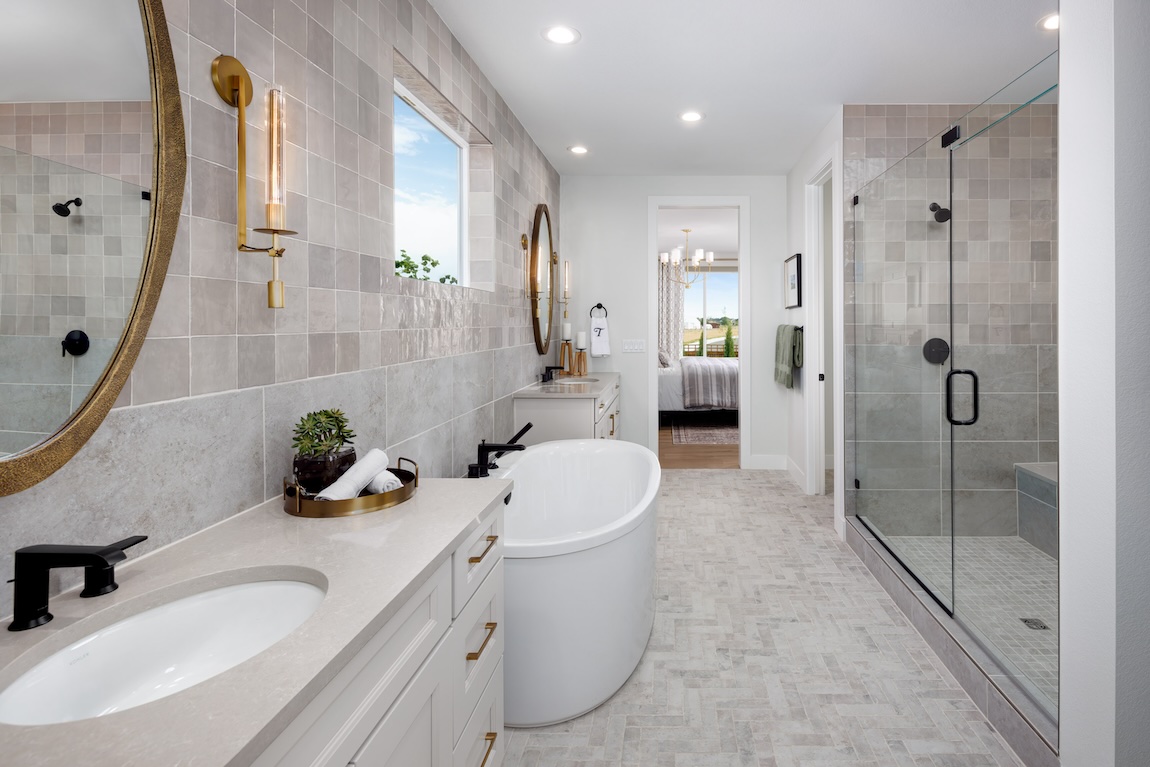
How Water-Saving Toilets are Tested for Performance and Efficiency
Share
In the quest for sustainability, technology continues to play a pivotal role in transforming everyday household items, including toilets. As water scarcity becomes a pressing global issue, the importance of water-saving toilets cannot be overstated. But how exactly are these innovative fixtures tested to ensure they deliver on their promise of efficiency and performance? This article delves into the intricate process of testing water-saving toilets, providing tech enthusiasts and professionals with a comprehensive understanding of the technology behind these essential devices.

The Evolution of Water-Saving Toilets
Before diving into the testing process, it's crucial to understand the evolution of water-saving toilets. Initially, toilets consumed a substantial amount of water, with older models using up to seven gallons per flush. However, with advancements in technology and a growing awareness of environmental issues, manufacturers have developed toilets that use significantly less water without compromising performance.
Today's water-saving toilets utilize innovative designs and mechanisms, such as dual-flush systems and pressure-assisted flushing, to minimize water usage. These technologies have been refined through rigorous testing, ensuring that they meet stringent standards and provide users with both efficiency and effectiveness.
Key Factors in Testing Water-Saving Toilets
Testing water-saving toilets involves a series of rigorous procedures to ensure they adhere to industry standards. The primary goal is to assess their performance, efficiency, and durability. Here are some key factors considered during testing:
1. Flush Performance
Flush performance is a critical aspect of testing water-saving toilets. Testers evaluate how well the toilet clears waste with each flush, ensuring it meets specific performance benchmarks. This involves assessing the force and consistency of the flush, as well as the ability to handle different types of waste effectively.
According to the Water-Saving Toilets for Businesses guide, achieving optimal flush performance is essential for businesses aiming to reduce water consumption while maintaining high hygiene standards.
2. Water Efficiency
Water efficiency is measured by the amount of water used per flush, which is typically expressed in gallons per flush (GPF). Testing ensures that the toilet adheres to the standards set by regulatory bodies, such as the Environmental Protection Agency (EPA), which mandates that toilets should use no more than 1.6 gallons per flush.
For those interested in the technical specifications, the How Stuff Works guide on low-flow toilets provides a detailed breakdown of the mechanisms that contribute to water efficiency.
3. Durability and Longevity
Durability is a crucial factor in the testing process. Water-saving toilets undergo extensive testing to ensure they can withstand the rigors of daily use over extended periods. This involves assessing the materials used, the quality of construction, and the resilience of moving parts.
According to the Best Water-Saving Toilets list, durability is a key consideration for consumers seeking long-term value and reliability in their bathroom fixtures.
The Role of Technology in Testing
Technology plays a pivotal role in the testing of water-saving toilets. Advanced testing facilities use cutting-edge equipment and techniques to simulate real-world usage scenarios. This allows manufacturers to identify potential issues and refine their designs for optimal performance.
For instance, computerized testing systems can measure flush velocity and water distribution, providing valuable data that informs the development of more efficient toilet models. Additionally, sensors and smart technology are increasingly being integrated into toilets, enabling real-time monitoring of water usage and performance.
Real-World Applications and Benefits
The testing of water-saving toilets is not just a theoretical exercise; it has tangible benefits for both consumers and the environment. By ensuring that toilets meet high standards of performance and efficiency, manufacturers can provide products that help reduce water consumption, lower utility bills, and minimize environmental impact.
For businesses and homeowners alike, investing in water-saving toilets is a practical step towards achieving sustainability goals. As highlighted in the Smart Toilets for Sustainable Living article, these fixtures are an integral part of creating eco-friendly and energy-efficient spaces.
Conclusion
The process of testing water-saving toilets is a meticulous and technologically-driven endeavor that ensures these fixtures deliver on their promise of efficiency and performance. As water scarcity becomes an increasingly urgent global issue, the role of water-saving toilets in conserving this precious resource cannot be overstated.
By understanding how these toilets are tested, tech professionals and enthusiasts can appreciate the technological advancements that make them possible and the impact they have on sustainability efforts. For those interested in exploring the installation process, the Wagner Mechanical guide offers a step-by-step approach to incorporating these efficient devices into any space.

FAQs
1. How are water-saving toilets different from traditional toilets?
Water-saving toilets use advanced flushing mechanisms to reduce water usage per flush, typically using 1.6 gallons or less, compared to older models that could use up to seven gallons per flush.
2. What are the benefits of using a water-saving toilet?
Using a water-saving toilet can significantly reduce water consumption, lower utility bills, and contribute to environmental conservation efforts by minimizing water waste.
3. Are water-saving toilets effective in removing waste?
Yes, water-saving toilets are designed to efficiently clear waste with each flush, using innovative technologies to ensure high performance without compromising on water efficiency.
This article contains affiliate links. We may earn a commission at no extra cost to you.
